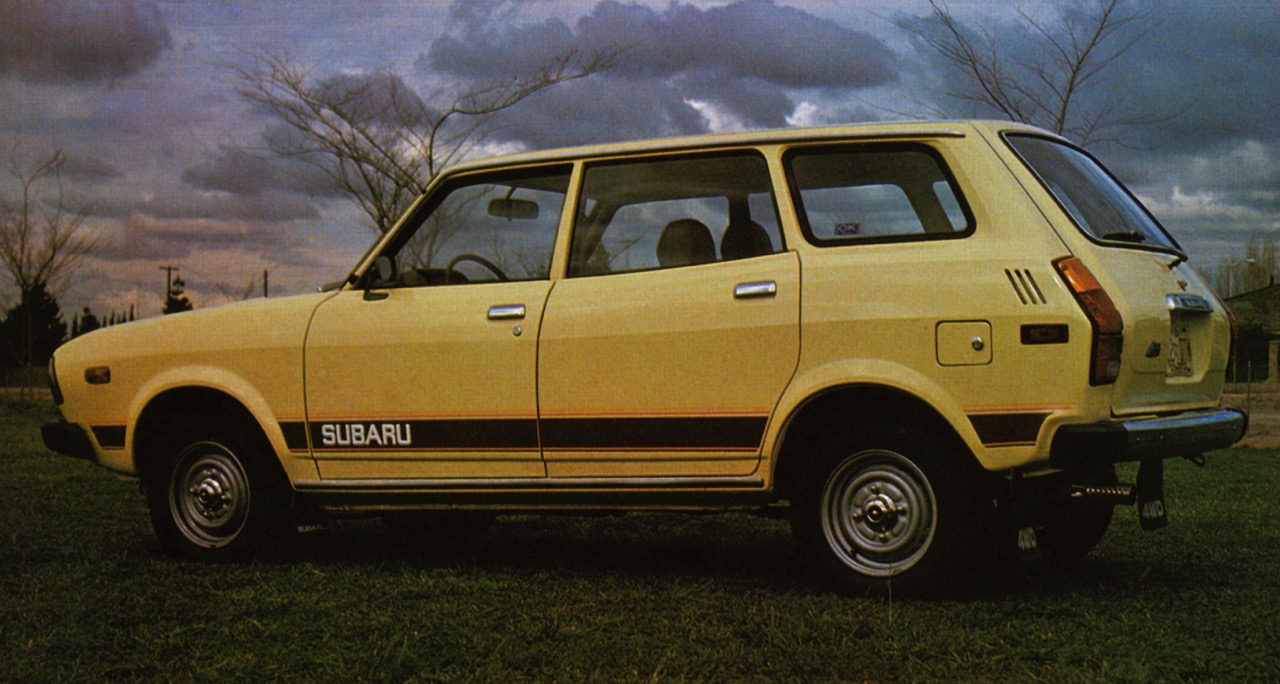
On February 15, 1968, American businessmen Malcolm Bricklin and Harvey Lamm launched Subaru of America. Half a century later, the company has started a year-long celebration leading up to its 50th anniversary.
As early as 1965, Bricklin was importing the Fuji Rabbit motor scooter and the little Subaru 360 car. With Lamm, who had been working in his family’s furniture store, he launched Subaru of America to sell distributor franchises, with 13 spread across the country.

Bricklin would distribute his own Bricklin SV-1 vehicle from 1974-76. Lamm would serve as chairman, chief executive, president and chief operating officer of Subaru of America until 1990, when Fuji Heavy Industries, the Japanese company that produces Subaru vehicles, acquired Subaru of America.
Fuji Heavy, which in April 2017 will be renamed Subaru Corporation, began as the Nakajima Aircraft Company, but changed its name in the early 1950s when it consolidated five companies. Subaru is the Japanese word for “unite.” The company symbol is the six stars of the Pleiades constellation, which is known as “Subaru” in Japanese.
The first Subaru vehicle imported to the U.S. was the 360, which was small enough — 1,000 pounds lighter than the Volkswagen Beetle — that it was exempt from federal safety standards, a fact that limited sales, especially after Consumer Reports rated the little car as “unacceptable.”
By 1970, Subaru had a much more acceptable vehicle in the FF-1, which was both the first Japanese car with front-wheel drive and the first Subaru vehicle with a horizontally-opposed “boxer” engine.
The FF-1 was succeeded in 1973 by the larger Leone series, which in 1975 included a station wagon that was the first “mass production popular priced 4WD passenger car,” spawning, Subaru notes, “a revolution in the mass adoption of 4WD and AWD cars and crossovers.”
Sales slumped during the oil crises of the early 1970s and from yen/dollar exchange rates, but Subaru started — or perhaps startled is a better word — a comeback in 1978 when it introduced the BRAT, its Bi-drive Recreational All-terrain Transporter, a small car-based pickup truck that became popular not only with young buyers, but also with President Ronald Reagan, who bought one as well.
In 2002, Subaru would return to the Brat theme with its Baja model, a pickup based on the Legacy sedan.
Subaru enjoyed a surge in popularity in the mid-1990s when Crocodile Dundee actor Paul Hogan starred in the marketing campaign for the Outback, the “world’s first sport utility wagon.”
Subaru opened a U.S. assembly plant in Indiana in 1989, at first as a joint venture with Isuzu; Subaru producing its Legacy sedan and Isuzu its Rodeo SUV. Subaru bought out its partner in 2001 and from 2007-2016 the plant produced not only Subaru products but the Toyota Camry under a licensing agreement with Toyota.
In addition to producing Subaru Legacy and Outback models, the Indiana plant this year will add the Impreza, which will be built in the U.S. for the first time. It also is scheduled to add a new three-row SUV to its production plans in 2018.
Subaru offered more sporty cars with the XT in 1986 and the SVX in 1992, and again in 2012 when it joined with Toyota to produce the Subaru BRZ/Toyota FRS.
But the sportiest Subaru wasn’t a coupe but a sedan, the WRX, which was the basis for Subaru’s wildly successful World Rally Championship-winning effort.
With recent advertising campaigns emphasizing Subaru owners’ contributions to charities, the brand has become the eighth best-selling automaker in the U.S. market. The 50th anniversary celebration will include a move into a new corporate headquarters complex in Camden, New Jersey, as well as a special “50 cars for 50 years” contribution to a national charity.
















